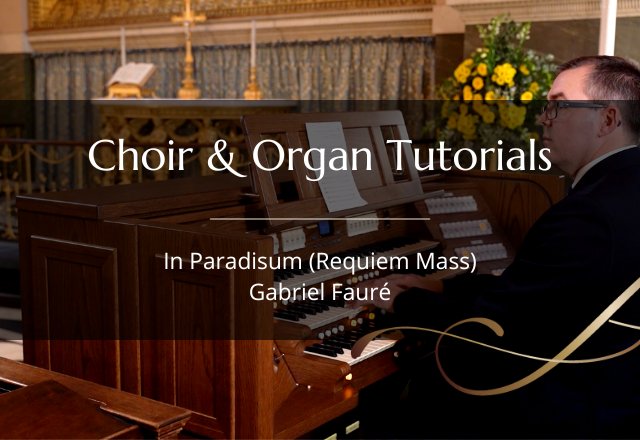Written around 1888, Faure’s Requiem is among the most well loved and widely sung of the requiem masses. It’s relatively straightforward to sing compared with, say, Duruflé’s alternative.
In this episode of our Choir and Organ Tutorials from the Old Royal Naval College in Greenwich we’re presenting a rehearsal and performance of the last movement, In Paradisum, led by Ralph Allwood. It’s particularly appropriate for this time of year, when we remember the dead on Remembrance Sunday and at the feast of All Souls.
Serene piece of music that has an ethereal quality
In his introduction to the piece, Ralph explains that the movement is the last one in the entire work, and is strictly part of the burial service. Most assume that the title should be translated as “in paradise”, but in fact the correct mode is “into paradise”. It’s a serene piece of music that has an ethereal quality, reinforced by the angelic sound of the soprano voices at the start. This is probably best sung, suggests Ralph, without vibrato.
Underneath it all is an organ reduction of the original orchestral score, which consists of twinkly broken semiquaver chords over sustained and slowly moving harmonies, which become increasingly chromatic. The tempo is almost entirely controlled by the speed of the organ part. The alto part has relatively little to do in the final movement, so Ralph suggests they join in with the upper tenors in places.
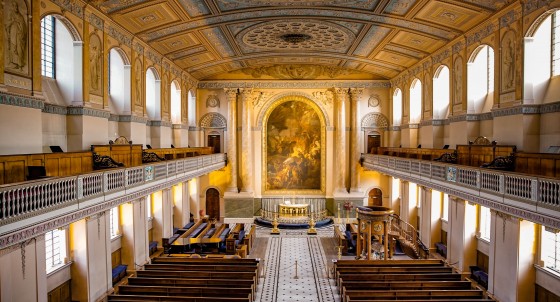
All organists should learn the page turns
Jonathan Eyre, on the organ, proposes that all organists should learn the page turns. “Make sure you learn the bar before and the bar after the page turn!” he says, as there are some unexpected progressions. He also points out that because of the flexibility of the Viscount instrument he’s playing, it’s been possible to revoice the two-foot flute that adds the sparkle to the upper part.
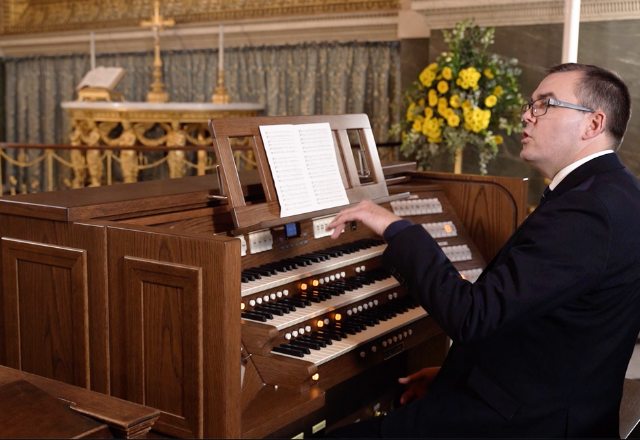
It’s now a wooden flute, as opposed to a metal one, which gives it a particularly suitable tone quality. The floating upper orchestral violin parts are typically missing in the organ accompaniment, as there just aren’t enough hands and feet available, and those harmonies are generally introduced underneath the semiquavers instead.
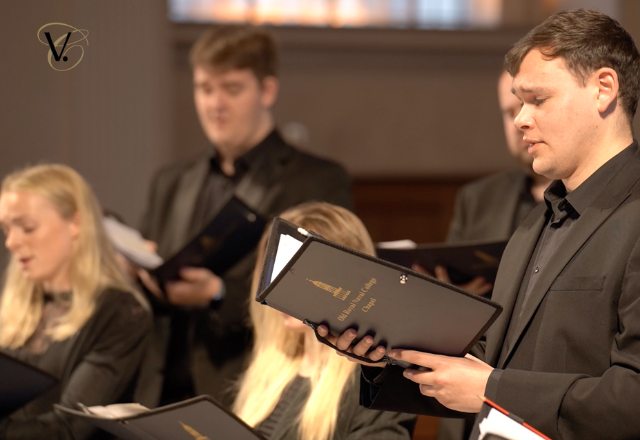
Something special happens in the music
Ralph suggests that when composers set the word ‘Jerusalem’, almost always something special happens in the music, and this piece is no exception. It’s the point at which the lower parts come in, and contains the most sublime harmonic progression. At the end of the rehearsal, Jonathan and Ralph discuss the reason why there is a feeling of being “on the home straight” when the choir arrives at the end of this section. They conclude that it’s because, having meandered through all sorts of keys, one arrives back at the original home of D major, preceded by an appearance of the sixteen foot pedal tone in the organ part. There’s a sense of relaxation and having arrived.
In paradisum deducant te angeli; in tuo adventu suscipiant te martyres, et perducant te in civitatem sanctam Jerusalem. Chorus angelorum te suscipiat, et cum Lazaro quondam paupere æternam habeas requiem.
May the angels lead you into paradise; may the martyrs receive you at your arrival and lead you to the holy city Jerusalem. May choirs of angels receive you and with Lazarus, once a poor man, may you have eternal rest.
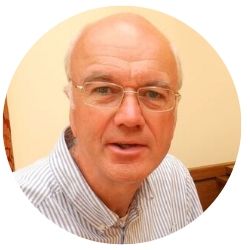
I’m a retired academic, with a background in music and audio engineering. I’m currently a consultant for Viscount & Regent Classic Organs, as well as being a freelance organist, including a role as organist/choirmaster at St Mary’s, Witney. I sing bass with Oxford Pro Musica Singers and the Cathedral Singers of Christ Church, Oxford.
